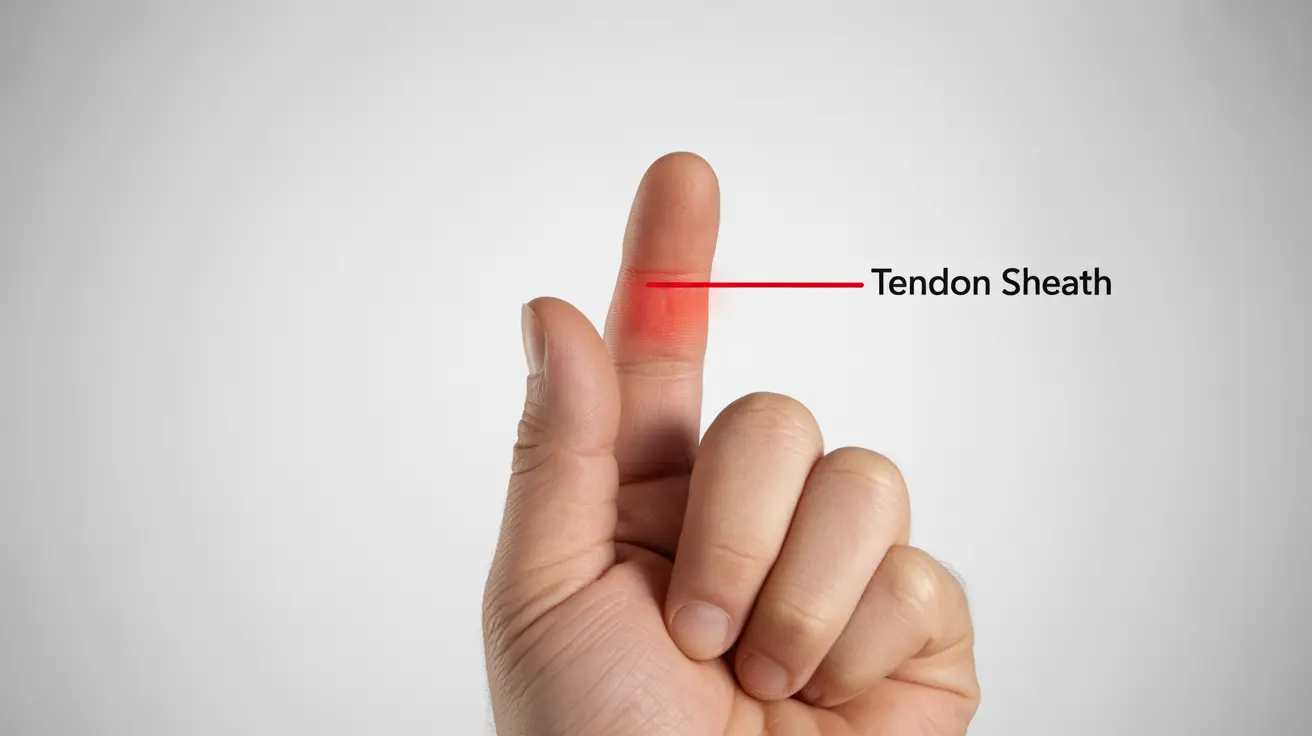If you've noticed your middle finger becoming crooked, stiff, or catching when you try to straighten it, you might be experiencing a condition known as trigger finger. This common hand condition affects the tendons that help your fingers bend and straighten, potentially leading to a crooked appearance and restricted movement.
Understanding why your middle finger has become crooked and knowing the available treatment options can help you take appropriate action and prevent the condition from worsening. Let's explore the causes, symptoms, and solutions for this uncomfortable condition.
Understanding Trigger Finger and Its Impact on Your Middle Finger
Trigger finger occurs when inflammation narrows the space within the tendon sheath, making it difficult for the finger's tendon to slide smoothly. This condition can affect any finger, but when it impacts the middle finger, it can be particularly troublesome for everyday activities.
The condition typically develops gradually, starting with mild stiffness and progressing to more severe symptoms if left untreated. The affected finger may appear crooked, especially in the morning, and might straighten out with movement throughout the day.
Common Causes of a Crooked Middle Finger
Several factors can contribute to the development of trigger finger, leading to a crooked appearance:
- Repetitive gripping or hand movements
- Underlying medical conditions like diabetes or rheumatoid arthritis
- Previous hand injuries or surgery
- Occupational activities requiring prolonged hand use
- Age-related wear and tear
Recognizing the Signs and Symptoms
Identifying trigger finger early can help prevent progression and facilitate easier treatment. Key symptoms include:
- Finger stiffness, particularly in the morning
- A clicking or popping sensation when moving the finger
- Tender lumps at the base of the affected finger
- Difficulty straightening the finger
- Lock-up of the finger in a bent position
Treatment Options for a Crooked Middle Finger
Conservative Treatment Approaches
Initial treatment typically begins with non-invasive methods:
- Rest and activity modification
- Gentle stretching exercises
- Over-the-counter anti-inflammatory medications
- Splinting the affected finger
- Ice or heat therapy
Medical Interventions
If conservative treatments don't provide relief, your healthcare provider might recommend:
- Corticosteroid injections to reduce inflammation
- Physical therapy
- Percutaneous release procedure
- Surgery in severe cases
Prevention Strategies
While not all cases of trigger finger can be prevented, certain measures can help reduce your risk:
- Using proper ergonomics when working
- Taking regular breaks during repetitive activities
- Maintaining good hand health through exercises
- Managing underlying health conditions
- Using protective equipment when necessary
Frequently Asked Questions
- Why does my middle finger feel stiff and crooked, especially in the morning?
Your middle finger may feel stiff and crooked in the morning due to inflammation in the tendon sheath, which tightens overnight. This is a common symptom of trigger finger, where the affected tendon has difficulty gliding smoothly through its sheath, causing stiffness and a crooked appearance until the finger warms up with movement.
- What causes trigger finger and why does it make my middle finger lock or catch?
Trigger finger occurs when the tendon sheath becomes inflamed and narrows, restricting the smooth movement of the tendon. This inflammation can be caused by repetitive movements, medical conditions, or overuse. The narrowed space creates friction, causing the tendon to catch or lock as it moves through the sheath.
- How can I treat a crooked or locked middle finger caused by trigger finger?
Initial treatment options include rest, gentle stretching exercises, anti-inflammatory medications, and splinting. If these conservative measures don't help, medical interventions such as corticosteroid injections or surgery may be necessary. The appropriate treatment depends on the severity of your condition.
- When should I consider steroid injections or surgery for trigger finger in my middle finger?
Consider steroid injections or surgery when conservative treatments haven't provided relief after several weeks, or if your finger frequently locks in position, causing significant pain or interference with daily activities. Your healthcare provider can help determine the best timing for these interventions based on your specific situation.
- Are there ways to prevent trigger finger from causing my middle finger to become crooked?
While not all cases can be prevented, you can reduce your risk by practicing good ergonomics, taking regular breaks during repetitive activities, performing hand exercises, and managing underlying health conditions. Using protective equipment and maintaining proper hand posture during activities can also help prevent trigger finger development.




